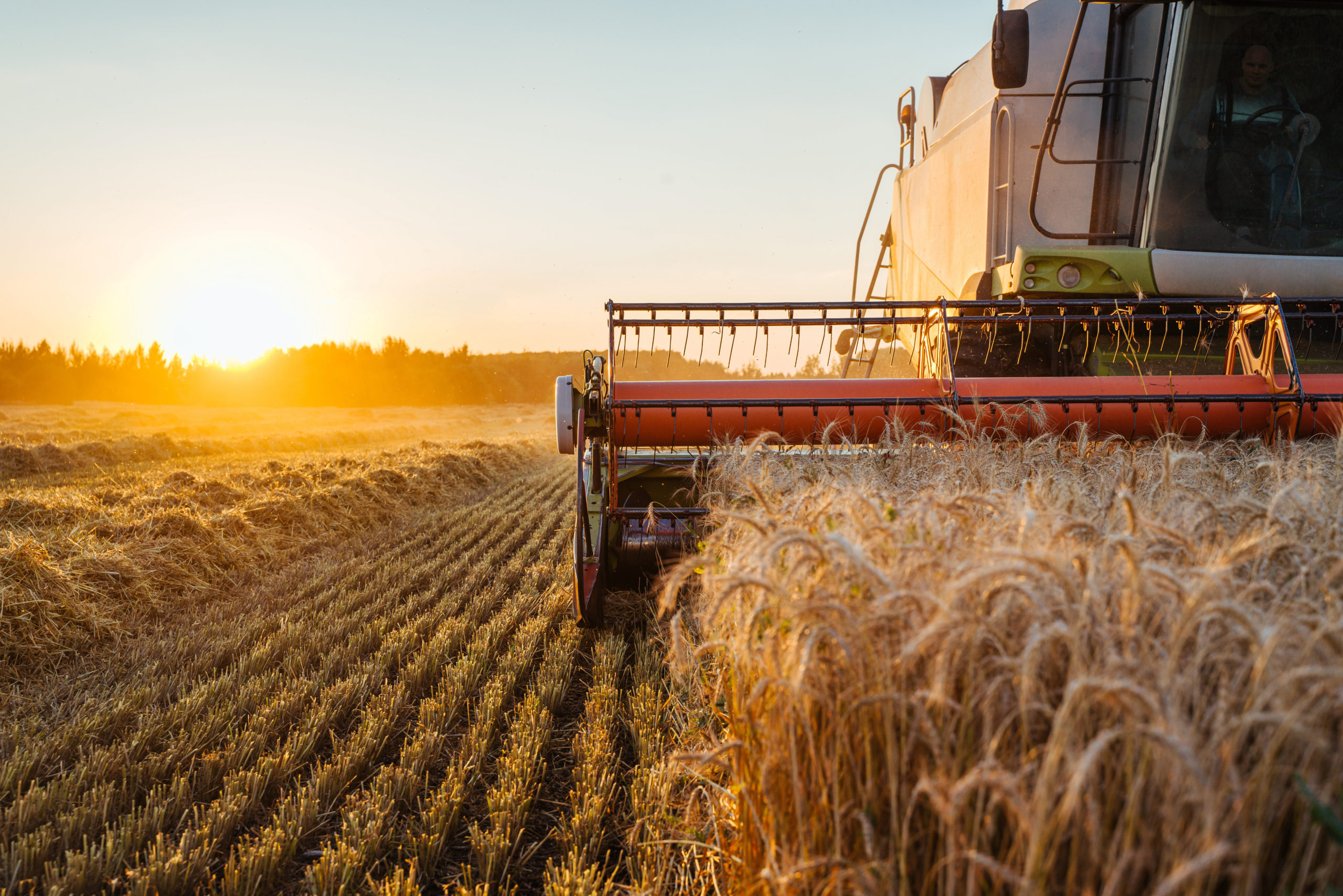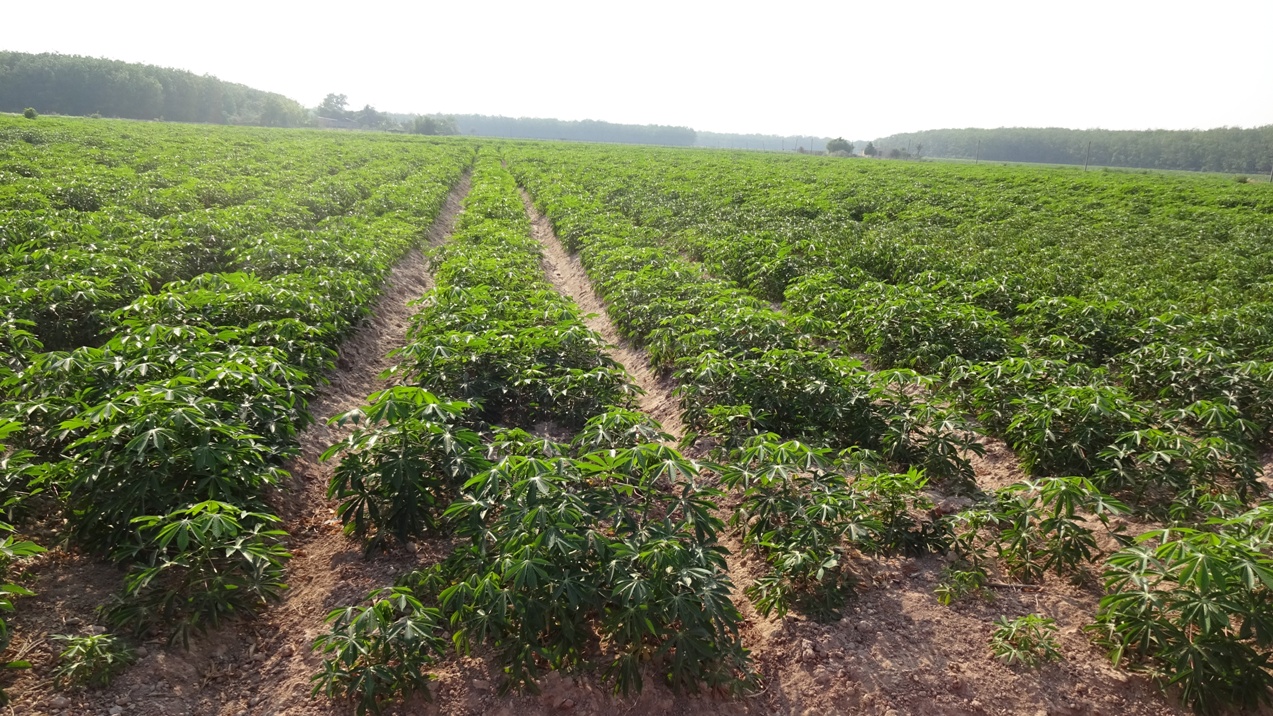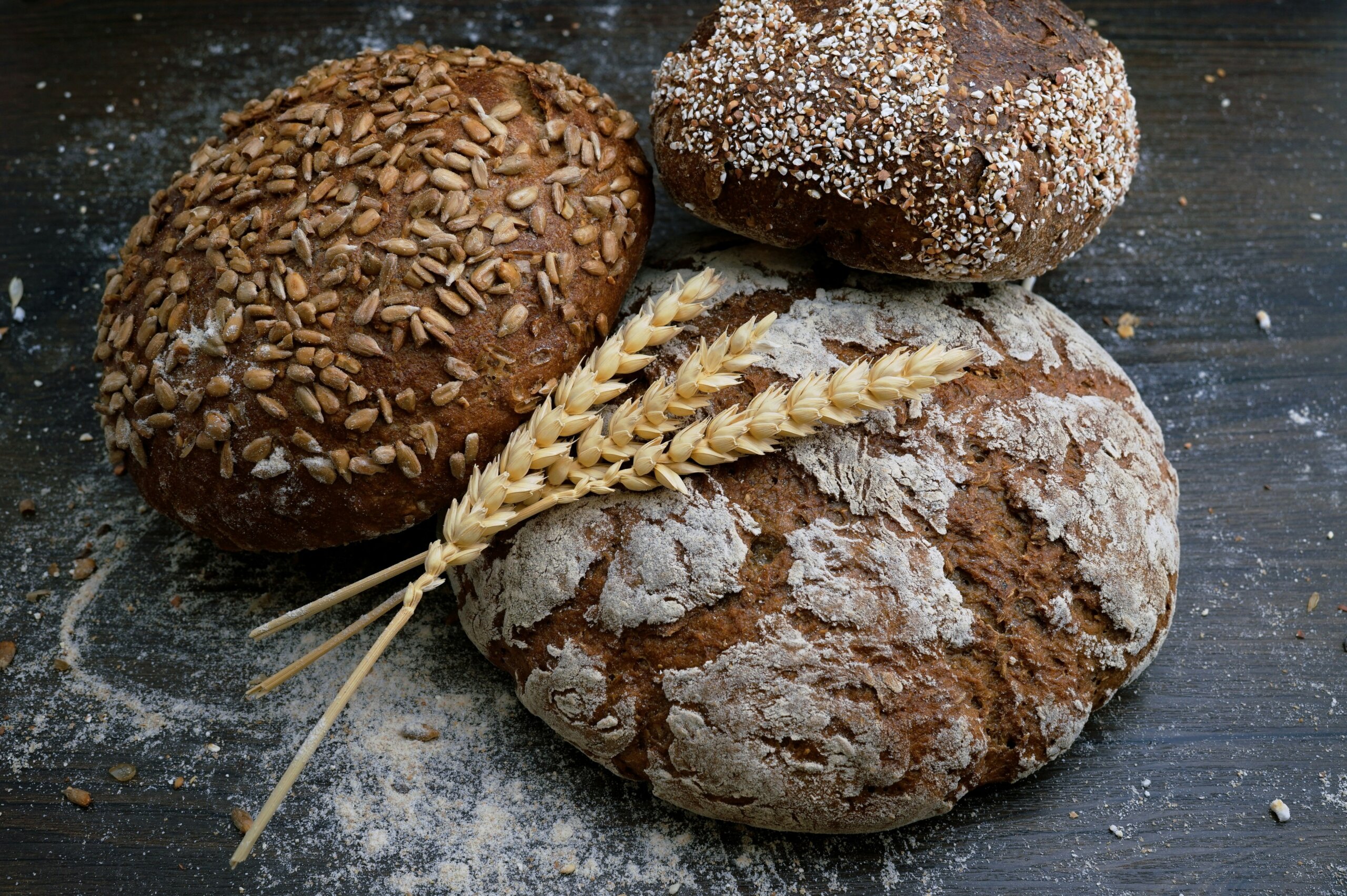The use of cassava flour in traditional recipes has been introduced for centuries by Native Americans, as well as in Latin American cultures. In tropical regions, cassava is the third-largest source of carbohydrates, after rice and maize; and is considered as one of the staple foods for many regions.
Consumption and Production
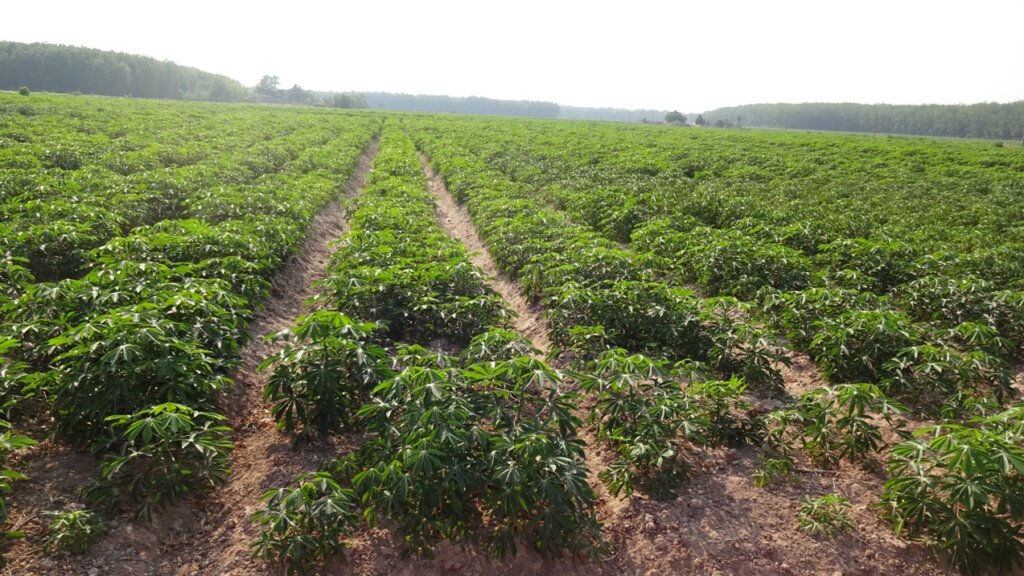
Countries like China, Vietnam, and Thailand are the top exporters and consumers of cassava flour, dominating the Asia Pacific region as the largest market share and consumers of cassava flour globally. The world’s top producer of cassava enlists Nigeria, while Thailand is the largest exporter of one of its by-end products, cassava starch.
The United States and some European regions primarily export the products in Vietnam and Thailand for commercial uses. It is expected that Latin America and North America will have significant market growth in the following years’ forecast. Europe’s cassava market just as well is forecasted to rise following the high consumption of baked products and snacks like chips, tapioca, starch, cassava meal, and fresh cassava. The European cassava market is not only expected to increase but also anticipated to record the highest CAGR in the forecast period of 2020-2024.
Additionally, the provision for cassava flour will considerably increase since emerging countries like China and India are expanding their ready-to-eat food products, in which the cassava flour industry is one of the top demands. The usage of cassava flour is not only restricted to food applications but also non-food utilizations like papers, pharmaceuticals, adhesives, and more.
Cassava flour and starch are also used in the textile industry because of their easy availability, resistance to abrasion, flexibility, and ability to seal with fibers. The industry uses it for sizing, printing, and finishing textile end products. Moreover, cassava flour applications can also be observed in biofuel, fermentation of ethyl alcohol, animal feed, and the laundry industry.
Africa, on the other hand, has seen an increase in market share during the last few years and is expected to grow more in the coming years. Countries like Mozambique, Ghana, and Nigeria are the top regions in Africa that produce cassava flours.
Exports

In 2020, the cassava flour market has reached a production volume of 8.8 Million tons globally. Out of these tons, China bags the top exporter of cassava flour with an export value of USD 39.13 million and 39.8% market share. Whereas the top importer of cassava flour for the same year goes to the United States with an import value of USD 70.83 million, followed by Canada with USD 8.89 M, and Ireland with a value of USD 6.93M.
Following China is Brazil, with an export value of USD 18.33M and an 18.64% market share. The export lists continues below:
- United States USD 9.91M
- Peru USD 5.88M
- Spain 4.86M
- Thailand USD 4.28M
- Ghana USD 1.94M
- Taiwan USD 1.77M
Projections
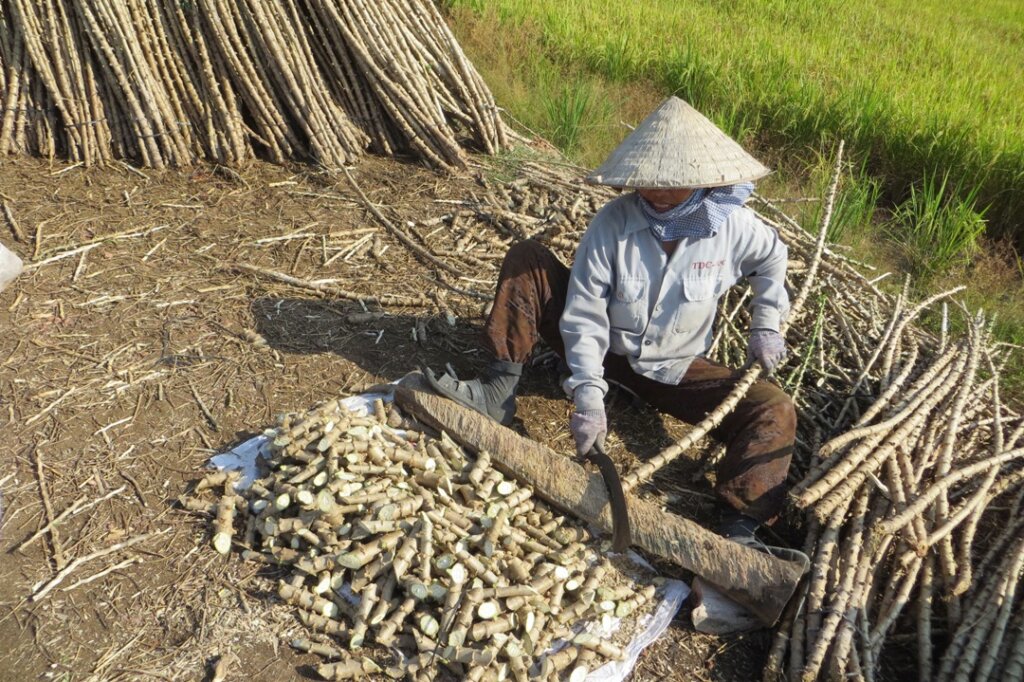
In early 2020, the global economy experienced a crisis due to the epidemic Covid-19. As such, to help stop the spread of the virus, most countries practiced quarantine protocols and measures, which blocked the production of crops, as well as transport movements. The two elements paralyzed the global economic growth and halted the international supply chains. As a result, a big drop in GDP has been seen compared to the previous years.
However, as cassava is one of the staple food products in most regions globally, the production and consumption of the products have not largely dropped. The consumption is even expected to rise over the next decade. Reviews anticipated an increase of +0.8% CAGR from 2019 to 2030 with a market volume of 326M tons by the end of 2030.
With the increasing global demands and different applications, the cassava flour market is expected to have a CAGR growth rate of 3.2% from 2020 to 2024. By the end of 2019, the global cassava market was at a value of USD 3407.4M, which is now forecasted to rise to USD 3870M by the end of 2026.
You can read more on our Cassava here, or email sales@tradelinksa.com for more information.
